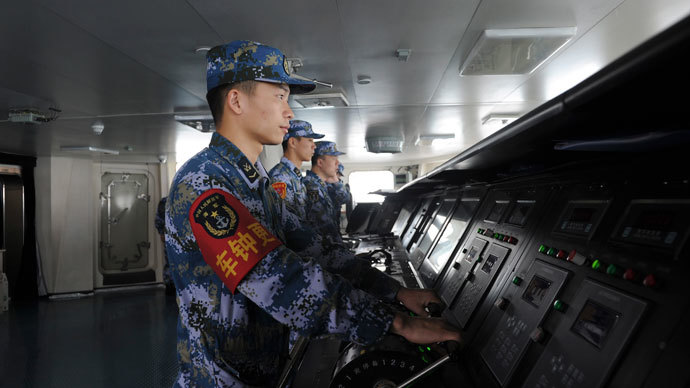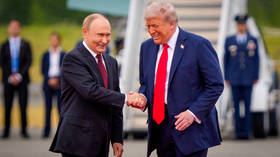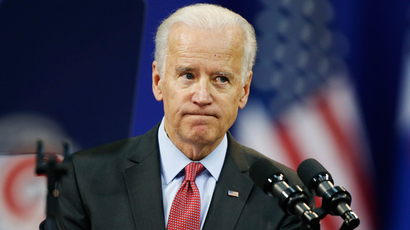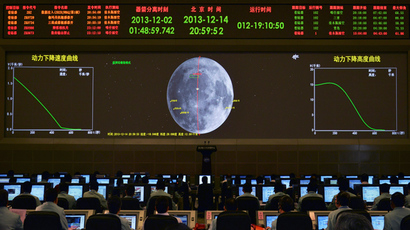China planning 110,000-ton 'super aircraft carrier' to rival US naval power

Following Washington’s move to increase its military footprint in Asia, China has declared it is building a nuclear-powered aircraft carrier of a size to compete with the mightiest in the US naval fleet.
Chinese website qianzhan.com, citing top sources in the People's
Liberation Army, said China’s first domestically produced
aircraft carrier should be launched by 2020.
"By that time, China will be able to confront the most
advanced US carrier-based fighter jets in high sea," the
Chinese-language article reads.
The announcement comes amid heightened tensions in the region,
aggravated by Washington’s recent decision to increase its
military might in and around the East China Sea.
In September, the US Navy's first littoral combat ship, USS
Freedom, arrived in Singapore to start its eight-month deployment
in Southeast Asia.
Meanwhile, Japan this week contributed
to regional rhetoric when it announced a robust boost in defense
spending over the next five years. Under the plan adopted
Tuesday, Japan will purchase new military hardware, including its
first surveillance drones, US-made F-35 stealth fighters and
Aegis combat systems, a move that triggered a sharp response from
China.
China "resolutely opposes" Japan’s defense plan, Defense
Ministry spokesman Geng Yansheng said in a statement posted on
the ministry's website.
Japan is making an effort to ensure the security and prosperity
of the international community, but at the same time it is
clinging to a Cold War mentality and beefing up its military
alliance with relevant countries, he said.
Thus far, tensions in the region have been limited to a harmless
display of saber-rattling, but there have been some near misses.

On Dec. 5, the USS Cowpens, a guided missile cruiser, nearly
collided with China's first aircraft carrier, the Liaoning, a
refurbished Soviet-era ship purchased from Ukraine.
Although Beijing and Washington diplomats attempted to play down
the incident, one analyst told the Christian Science Monitor that
the event carried a warning from the Chinese.
“The Chinese are trying to make it clear that, if the US
wants to operate in these waters, then it should be prepared to
be operating under a high state of tension,” said Dean
Cheng, senior research fellow for Chinese political and security
affairs at the Heritage Foundation. “If the US doesn’t want
tension, then it’s very simple: leave.”
China's first domestically built aircraft carrier will be a
larger version of Liaoning. The design is reportedly based on
drafts of a Soviet-era, nuclear-powered, 80,000 ton vessel
capable of carrying 60 aircraft.
China has made some dramatic technological breakthroughs of late.
In January, 2011, China conducted a test flight of a new stealth fighter jet, the J-20, on the same day that former US Defense Secretary Robert M. Gates was in Beijing for talks.
China has also demonstrated remarkable technical ability beyond purely military pursuits. Just this month, China became the third country, behind the United States and the Soviet Union, to put an unmanned spacecraft on the Moon.















